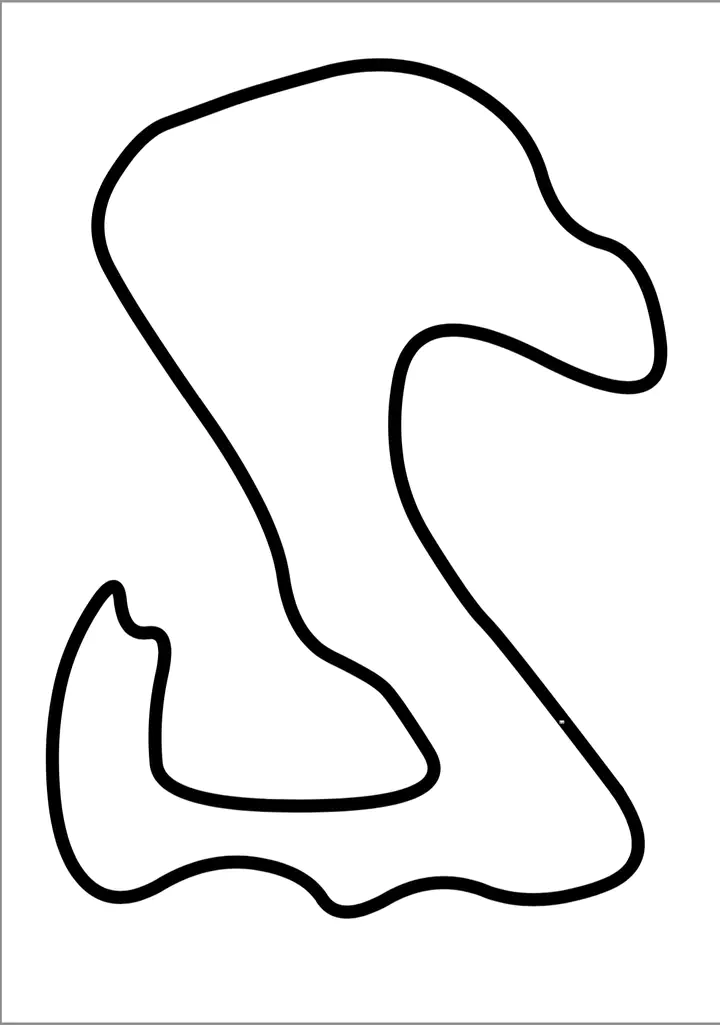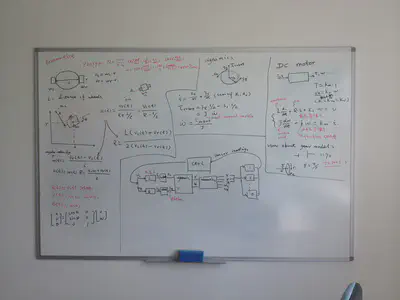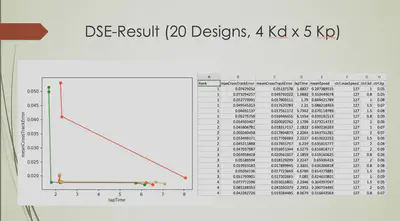Engineering Line Following Robot
Investigate the Co-Simulation and DSE tools from the INTO-CPS project using LFR.

Motivations: I used to work in the INTO-CPS project and had experience in model-based design and test of several pilot studies, including line following robots. Co-Simulation was also used to test and verify models with heterogeneous modules being wrapped in individual FMUs. When I started to work in the RoboCalc project, a RoboStar project. Prof. Jim Woodcock and Prof. Ana Cavalcanti thought we should build a simple physical LFR robot (but faster) and demonstrate INTO-CPS’s technologies. Most importantly, it could be as a case study for formal verification, such as theorem proving to ensure the control algorithm of LFR can cope with sharp bends when it is running very fast. It was a pity that later on we haven’t moved forward to formal verification (because I turned to investigate the probabilistic aspect of RoboChart).
](/~ky582/showcase/engineer_lfr/m3pi_hu04d1b6a4e115dfc35ed5904b40c996fa_183585_d3824b648131370bec24c1b0b296575b.webp)


- My controller code (C++)
- I have borrowed some ideas from this paper “Optimization of PID Control for High Speed Line Tracking Robots”
- LFR running on a route with sharp corners
- LFR running on a map for simulation
- LFR simulation on a map
-
DSE result

Design space exploration results by using simulation -
References:
- INTO-CPS Examples Compendium (I am also a contributor of the document)